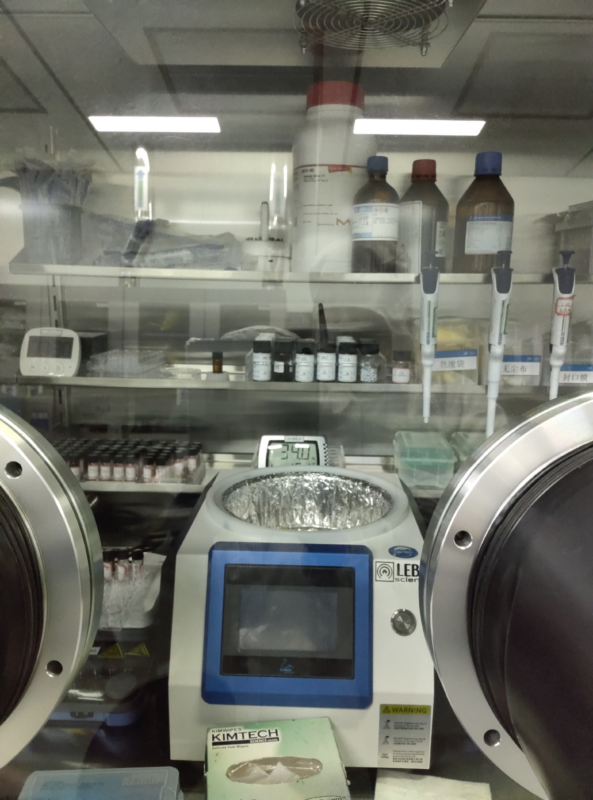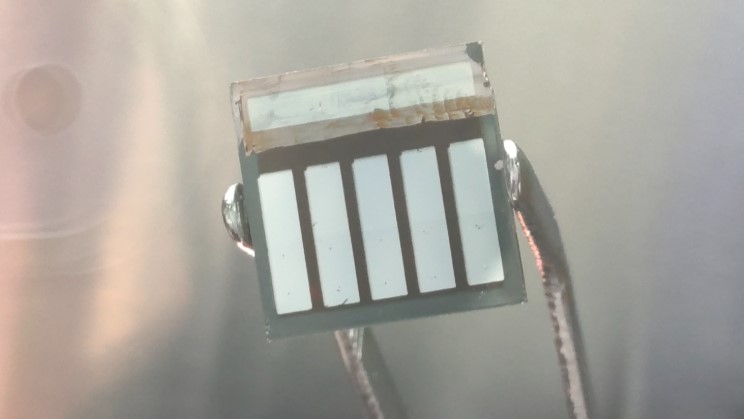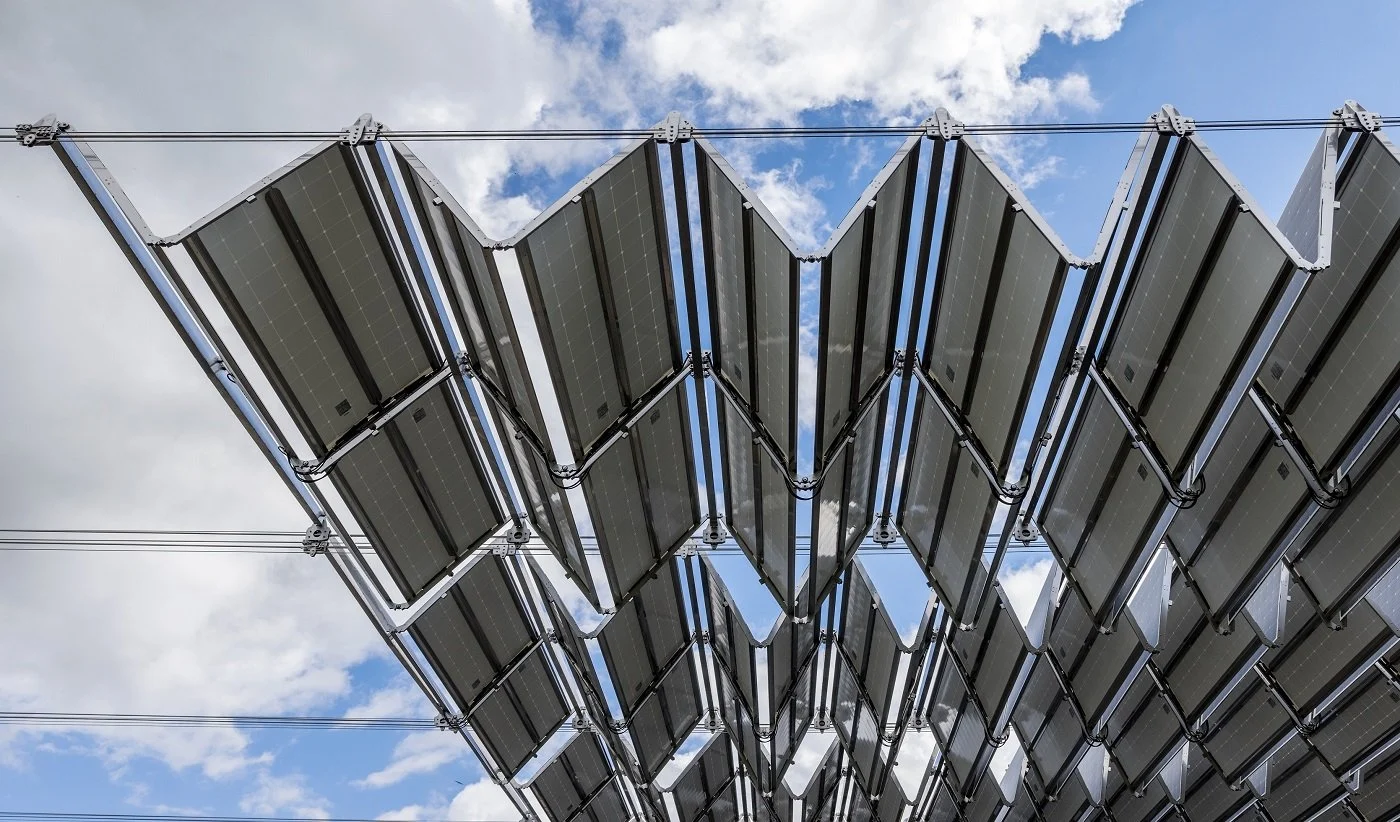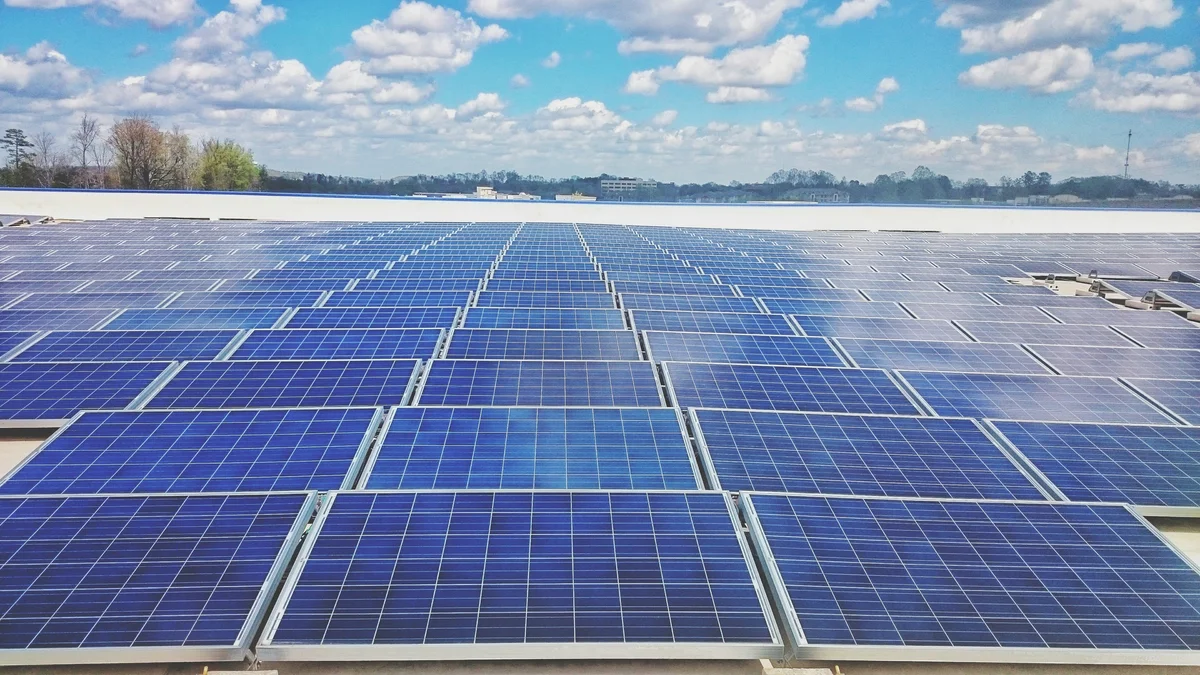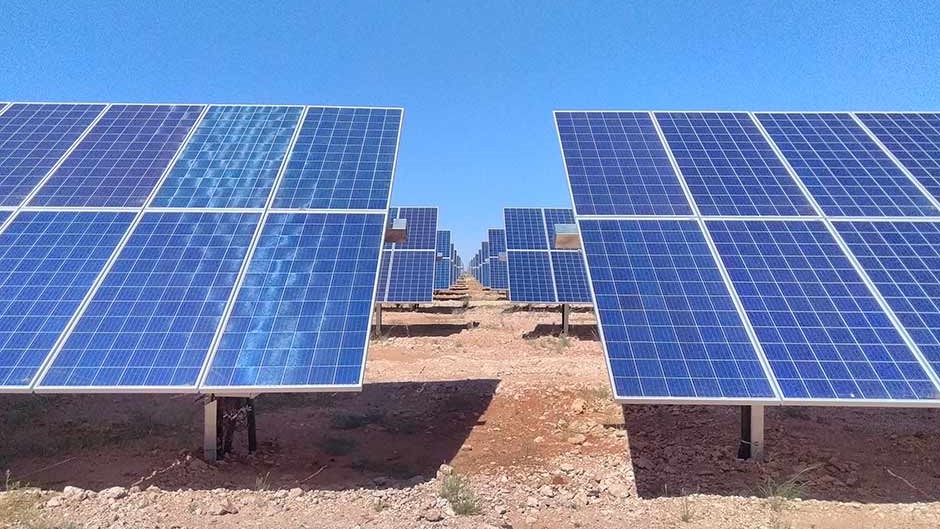A research team from Chinese module manufacturer JA Solar has fabricated an inverted perovskite solar cell based on a multifunctional organic ammonium salt that reportedly reduces non-radiative recombination and improves carrier transportation at the interface between the perovskite absorber and the electron transport layer (ETL).
“Our approach enables dual-site passivation of lead iodide (Pb/I) vacancies, while minimizing steric hindrance and thereby boosting the efficiency of carrier extraction,” the research's corresponding author, Sun Yang, told pv magazine.
Inverted perovskite cells have a device structure known as “p-i-n”, in which hole-selective contact p is at the bottom of intrinsic perovskite layer i with electron transport layer n at the top. Conventional halide perovskite cells have the same structure but reversed – a “n-i-p” layout. In n-i-p architecture, the solar cell is illuminated through the electron-transport layer (ETL) side; in the p-i-n structure, it is illuminated through the hole‐transport layer (HTL) surface.
For this cell type, optimized buckminsterfullerene (C60) is currently the best-performing material used for ETL, although it suffers from significant aggregation in solution and needs to be calibrated when it is combined with the perovskite film. “As is known, the perovskite/C60 interface is plagued by substantial non-radiative recombination, precipitating significant energy losses that markedly constrain the cells' efficiency and durability,” the research group stated.
For this purpose, the scientists used a multifunctional organic ammonium salt known as 2-(4-(aminomethyl)phenyl)ethyl-1-ammonium iodide, or PMEAI, as a passivation layer to improve interface engineering at the perovskite-C60 interface.
The team built the cell with a substrate made of fluorine-doped tin oxide (FTO), a hole transport layer (HTL) made with a self-assembled monolayer known as 4PADCB, a perovskite absorber, the PMEAI passivation layer, the C60 ETL, a bathocuproine (BCP) buffer layer, and a silver (Ag) metal contact.
Tested under standard illumination conditions, the device achieved a power conversion efficiency of 26.7%, an open circuit voltage of 1.181 V, a short-circuit current density of 26.36 mA/cm2, and a fill factor of 85.8%. In contrast, control devices built with other passivation layer types reached a lower efficiency of 24.3%, an open-circuit voltage of 1.156 V, a short-circuit current density of 26.05 mA/cm2, and a fill factor of 80.4%.
The PMEAI-based cell also achieved a certified efficiency of 25.84%, with the result being certified by China's National Photovoltaic Industry Metrology and Testing Center (NPVM). The device also reached a 24.5% efficiency when scaled up to a 1 cm2 active area.
Through further analysis, the scientists found that the horizontally aligned PMEAI suppressed both Pb and I vacancy defects and induced a reversal of the built-in electric field at the perovskite/C60 interface, which minimized interfacial recombination losses.
“The interfacial electric field, inverted by PMEAI to point from C60 toward the perovskite, significantly accelerates electron extraction and suppresses recombination, thus breaking through the conventional limitations imposed by passivation layers on both current density and fill factor,” said Yang.
The cell was also found to retain 97% of its initial efficiency after 1,500 hours at 65 C.
The device was described in “Interface Molecular Orientation Engineering Induced Field Reversal for Efficient Inverted Perovskite Solar Cells,” published in Energy & Environmental Science.
“Overall, this work establishes a paradigm for interfacial material design that synergistically integrates low steric hindrance, defect passivation, and suppressed ion-migrated-induced degradation to advance high-performance perovskite photovoltaics,” the research group concluded.
